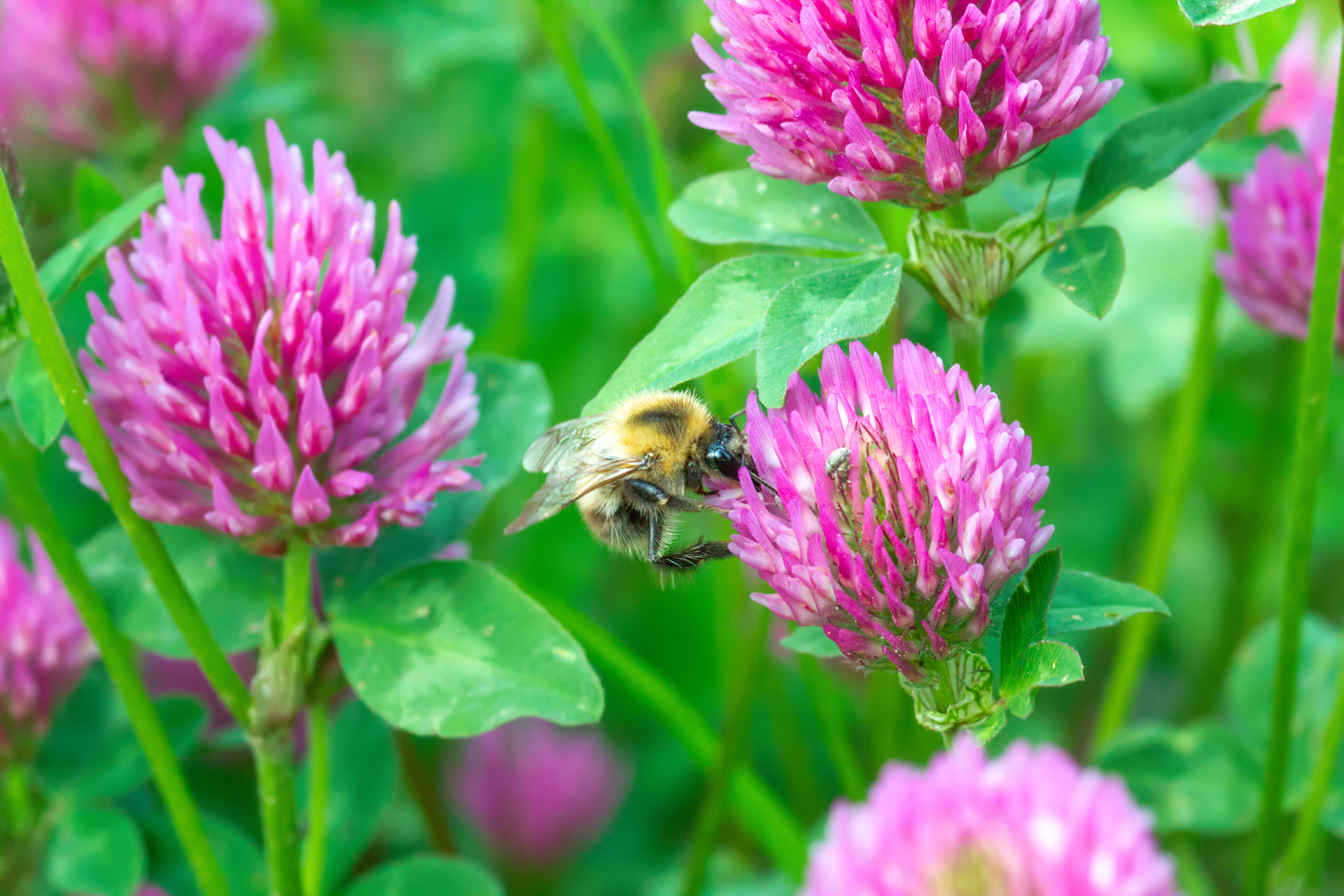How to Attract Bees this Spring
There are over 250 bee species in Britain, some of which are solitary, some annual colony formers and some which live in a continual colony (honey bees). One thing they all have in common is that they feed predominantly on nectar and pollen. Bees are fantastic little garden helpers, they are pollinators which means they ensure your strawberry plants, apple trees, tomato plants and all other manner of fruit and veg produce. In this article we give you some tips and advice on how to attract bees this Spring.
Provide a Welcome Habitat
For many types of bee, during early Spring a Queen will be looking for a suitable site to build her nest, sometimes these will be in rat or mice tunnels, in compost heaps, in trees, shrubs and bushes and occasionally in inconvenient places like the eaves of your roof, chimney, shed or garage. If you spot a nest, for all bees except honeybees, where they are not causing a problem, we recommend leave them alone. This is because they are unlikely to be bothered by people unless anyone disturbs the nest, and they are only around for a very short time. If however, they are in an area that is causing a problem, please contact us for advice. For honey bee swarms we recommend contact a local beekeeper like us, as we can remove and rehome them in one of our hives. Because bees are vital for pollination, the last thing we want to do is destroy them.
Once the Queen selects a suitable site, she will start her first brood of larvae. At the height of summer, a bee nest will have between 50 and 400 worker bees. A honeybee colony will have around 50,000 bees at the peak of summer!
If you don’t mind some buzzing lodgers, then consider building a bee hotel. This article from the RSPB gives a great step by step guide on how to make a bee hotel. Just remember to get your hotel built ready for spring and placed in a south-facing position near your bee-friendly shrubs ready for the queen bee to find. If your DIY skills aren’t up to making your own, bee hotels can be bought, at an affordable price, online from a variety of places such as Amazon or Etsy
Plants
Variety is the name of the game when trying to attract bees. Choose plants that have different flowering times. If you can, choose plants that flower throughout the year from early spring to late summer and even during Winter. When choosing new plants look out for the RHS Perfect for Pollinators logo. Flowers like Lavender, Poppies, Bluebells, Foxglove, Honeysuckle will all help to attract bees as will fruit trees, flowering shrubs and good old English favourites, like roses and geraniums. There is a great list of bee-loving plants in this article from the National Garden Scheme!
Lawn Weeds
Dandelions and clover are perfect for bees, providing early pollen. So, if you can, let your lawn weeds grow and flourish!
Avoid Pesticides
Do not use pesticides if you have bees in your garden as these will harm the bees too. And never spray pesticides on open flowers!
Water
Bees need water, but they are at risk of drowning. To create a safe water source for your bees, have a shallow container and populate it with pebbles, leaves and twigs, to allow the bees purchase to drink without risk of falling into the water and drowning. Bees prefer stagnant water, so don’t be afraid to let your water sit. Through the hotter weather you may need to top your water source up.
How to Attract Bees this Spring
We hope you have found this article useful, if you take the plunge and find your garden populated by our pollinating pals please do share pictures with us via our Twitter account, we would love to see them!

